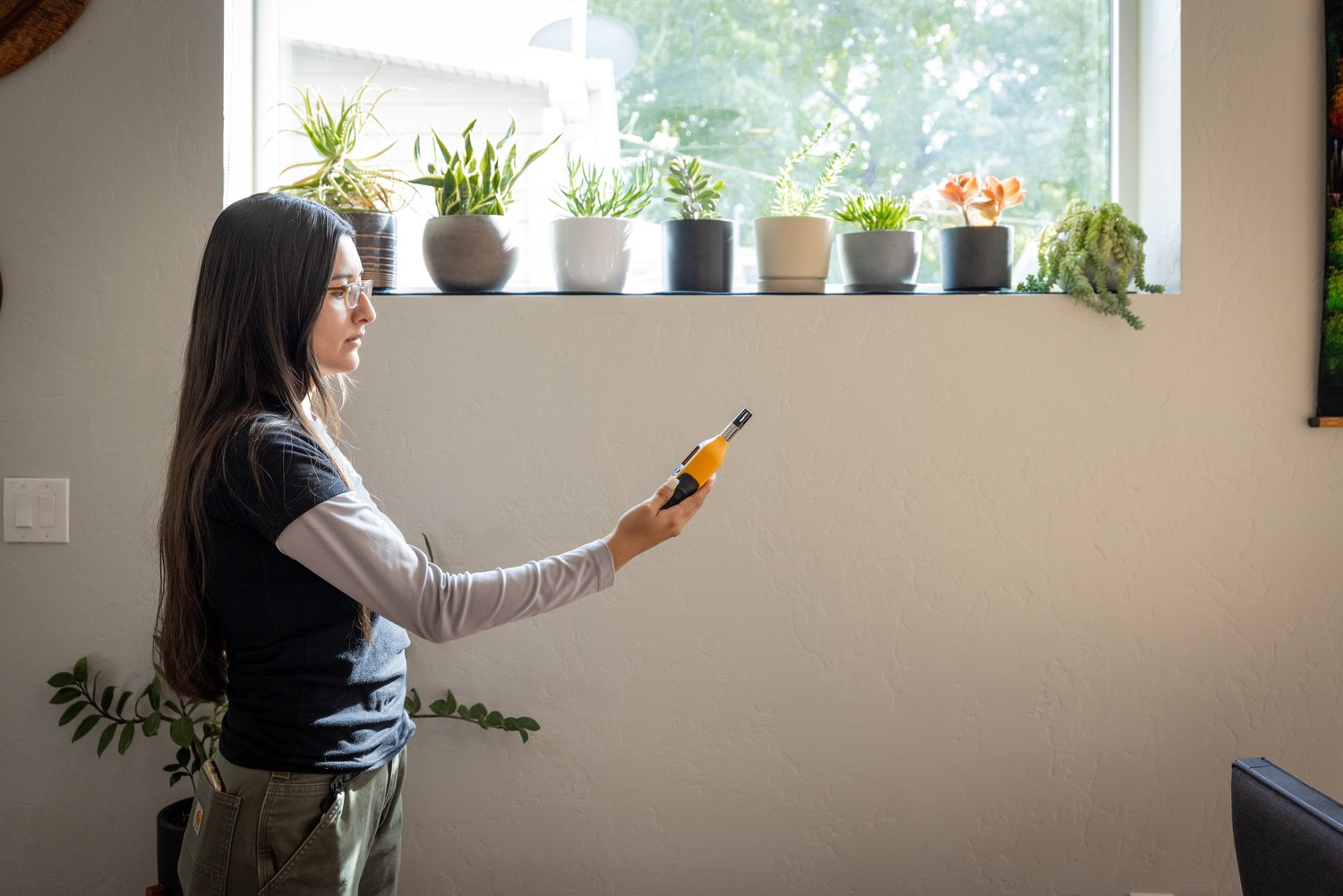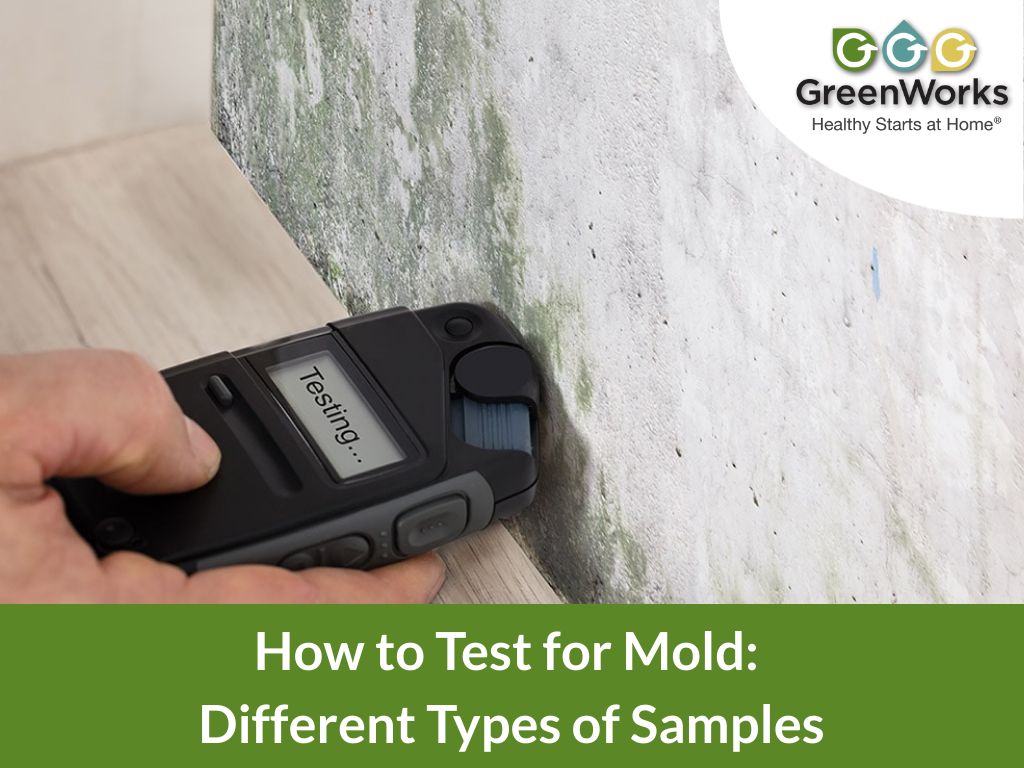How Mycotoxin Testing Assists Avoid Contamination and Safeguard Food Products

Mycotoxin screening is a crucial method in the food market, offering as a frontline defense versus contamination by unsafe toxic substances generated by molds. Via the application of innovative techniques like High-Performance Liquid Chromatography (HPLC) and Fluid Chromatography-Mass Spectrometry (LC-MS), food producers can properly detect and evaluate mycotoxin levels in farming products.
Recognizing Mycotoxins
Comprehending mycotoxins starts with recognizing that they are poisonous secondary metabolites produced by certain molds, which can infect farming items. These metabolites are not crucial for the development or reproduction of the fungi however can have severe effects for human and animal health and wellness. Mycotoxins are typically discovered in staple crops such as corn, wheat, barley, and nuts, where they can multiply under particular problems of moisture and temperature.
There are several sorts of mycotoxins, each generated by various fungal types. Aflatoxins, produced by Aspergillus species, are amongst the most well-known, known for their cancer causing residential properties. Another substantial team consists of ochratoxins, generated by Aspergillus and Penicillium species, which have nephrotoxic impacts. Fusarium varieties produce fumonisins and trichothecenes, both of which are connected with various severe and persistent wellness concerns.

Dangers of Mycotoxin Contamination
The risks of mycotoxin contamination are multifaceted, posing substantial threats to both food security and public health. Mycotoxins, toxic compounds created by particular types of fungis, can infect a large variety of farming products consisting of grains, nuts, seasonings, dried out fruits, and coffee.
Financial impacts are another major issue. Contaminated crops can lead to considerable financial losses for farmers and food producers as a result of minimized returns and the requirement for costly decontamination steps. Global profession can be considerably hindered as countries enforce rigorous mycotoxin policies to safeguard their populations, leading to rejected shipments and stretched trade relationships.
Ecological elements such as climate adjustment intensify the threat of mycotoxin contamination. Variants in temperature level and moisture can produce desirable problems for fungal growth, enhancing the probability of contamination occasions. Therefore, understanding and alleviating these dangers are critical for guaranteeing the security and honesty of worldwide food supplies.
Approaches of Mycotoxin Examining
Accurately determining mycotoxin contamination in agricultural products is crucial for guarding public health and wellness and maintaining food safety and security criteria. Various methods are employed to spot and measure mycotoxins, each offering particular advantages and restrictions.
High-Performance Liquid Chromatography (HPLC) is an extensively utilized method because of its high level of sensitivity and precision. It includes separating mycotoxins from other materials in a sample, allowing precise metrology. In A Similar Way, Fluid Chromatography-Mass Spectrometry (LC-MS) combines fluid chromatography with mass spectrometry to offer thorough molecular details, making it especially helpful for recognizing multiple mycotoxins concurrently - Mycotoxin testing Services.

Gas Chromatography-Mass Spectrometry (GC-MS) and Thin-Layer Chromatography (TENDER LOVING CARE) are also employed, each with unique applications. GC-MS is effective for unstable mycotoxins, while tender loving care supplies a simpler, affordable alternative for initial screening.
Advantages of Normal Evaluating
Normal testing for mycotoxins in farming items uses various advantages, considerably adding to public wellness and food safety and security. By identifying contamination early, routine testing aids avoid the distribution of poisonous foods, consequently reducing the threat of mycotoxin-related diseases amongst customers. This aggressive method not only safeguards human wellness however also improves the total top quality of food materials.
Constant screening additionally supports regulative compliance. Different countries and regions have actually developed stringent limitations for mycotoxin degrees in food and feed. Sticking to these limitations via normal testing ensures that vendors and producers satisfy legal criteria, thereby staying clear of charges and trade obstacles. Moreover, keeping compliance promotes customer trust fund and brand name online reputation, which are important for market success.
In addition, regular mycotoxin screening can lead to substantial financial advantages. Early detection of contamination permits prompt intervention, decreasing prospective losses from extensive contamination. Executing routine testing protocols can also reduce recall prices and associated responsibilities, which can be economically ruining.
In addition, normal testing offers valuable information that can inform far better farming practices and storage space conditions. By recognizing patterns of contamination, producers can embrace safety you could try here nets, consequently adding and minimizing future risks to the sustainability of the food supply chain.
Executing Examining Methods
Executing reliable mycotoxin testing procedures is important for guaranteeing the safety and security and top quality of farming products. Developing a robust screening structure entails multiple essential steps, beginning with the recognition of possible contamination points within the production and supply chain. This includes pre-harvest, post-harvest, storage, and circulation stages. Each stage needs to be inspected to identify where mycotoxin contamination is more than likely to occur.
When important control points are recognized, picking proper screening techniques is crucial. Usual strategies include enzyme-linked immunosorbent assay (ELISA), high-performance fluid chromatography (HPLC), and mass spectrometry (MS) Each method has its staminas and weaknesses; thus, choosing the right one relies on the specific mycotoxin being evaluated, the called for level of sensitivity, and readily available resources.

Finally, incorporating the testing protocols right into a detailed food safety and security administration try this system is a good idea. This improves traceability and enables speedy restorative activities when contamination is spotted, thereby guarding the honesty of the food supply chain.
Verdict
Mycotoxin testing is crucial in avoiding contamination and safeguarding food materials by enabling very early discovery of dangerous toxic substances created by molds in agricultural products. Advanced techniques such as HPLC and LC-MS make certain compliance with safety laws and shield customers from wellness threats. his explanation Regular screening enhances brand name reputation, monetary stability, and count on food safety by minimizing contamination-related losses and keeping high standards in food manufacturing. Executing rigorous testing methods is therefore critical for the market's overall well-being.
Mycotoxin testing is an indispensable method in the food industry, serving as a frontline defense versus contamination by unsafe contaminants produced by mold and mildews. An incorporated strategy entailing farming methods, storage space monitoring, and regular screening can alleviate the dangers linked with mycotoxin contamination, making sure food security and public health.
The threats of mycotoxin contamination are diverse, posturing substantial threats to both food security and public wellness.Normal screening for mycotoxins in farming products provides various advantages, substantially adding to public wellness and food safety and security.Mycotoxin testing is vital in preventing contamination and guarding food materials by enabling very early discovery of hazardous contaminants generated by molds in farming products.
Comments on “Mycotoxin testing Services: A Trick Component in Danger Monitoring Techniques”